« Sunday Inspiration from Pray the Psalms | Home | Ancient Ephesus and the New Testament: Introduction »
Hidden Treasure in the British Museum
By Mark D. Roberts | Monday, August 6, 2007
The British Museum contains some of the greatest treasures of the world. Here you can view that actual Rosetta Stone. This amazing museum is filled with the finest remnants of the ancient world. If you visit the once-famous Temple of Artemis in Ephesus, for example, you’ll see only one lonely pillar, unadorned in the middle of a marsh. But in the British Museum you can examine up close a giant, beautifully carved section of a pillar that once belonged to the Temple of Artemis.
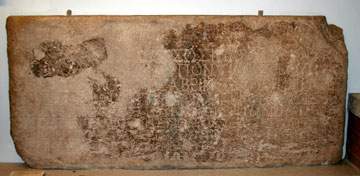 In the midst of some of the finest works of classical art, I found something that 99% of visitors to the British Museum would overlook. For one thing, it was in basement, literally in a back corner, as far from the entrance to the museum and you can get. Moreover, my hidden treasure was not some magnificent sculpture, but simply a Greek inscription, worn away by the years. Nevertheless, when I saw it, my pulse quickened.
In the midst of some of the finest works of classical art, I found something that 99% of visitors to the British Museum would overlook. For one thing, it was in basement, literally in a back corner, as far from the entrance to the museum and you can get. Moreover, my hidden treasure was not some magnificent sculpture, but simply a Greek inscription, worn away by the years. Nevertheless, when I saw it, my pulse quickened.
Why? you wonder. Because it is an inscription of significance for those of us interested in the New Testament, and especially for those of us who believe that the Gospel writers were accurate historians. (As you probably know, I’ve recently written a book on this theme, Can We Trust the Gospels?)
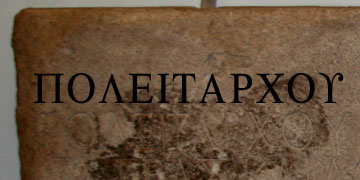 This inscription comes from the Macedonian city of Thessalonica. It was once part of a Roman gateway there, and was found after the gateway was demolished in 1876. The inscription, much of which I cannot read, mentions the “city rulers” of Thessalonica, using a term that was used in Macedonia, politarche in Greek. (In the close up to the right you can see the letters of this word, spelled an added epsilon. I added letters immediately above the ones carved into the stone.)
This inscription comes from the Macedonian city of Thessalonica. It was once part of a Roman gateway there, and was found after the gateway was demolished in 1876. The inscription, much of which I cannot read, mentions the “city rulers” of Thessalonica, using a term that was used in Macedonia, politarche in Greek. (In the close up to the right you can see the letters of this word, spelled an added epsilon. I added letters immediately above the ones carved into the stone.)
Why is this important for New Testament studies, and for the issue of the reliability of the Gospels? First, you need to know that the author of the Third Gospel, whom we call Luke, was also the author of Acts of the Apostles. Second, you need to know that Luke uses the term politarche in Acts 17, when he refers to the “city officials” of Thessalonica (vv. 6, 8). This is the only place Luke uses this particular term. This means that Luke not only knew the term politarche, but also that he was careful to use it only when it was appropriate. This is the sort of nuance that we would find only from a careful historian and writer.
Of course the fact that Luke uses politarche doesn’t prove that his gospel is historically accurate. We need more evidence than this to make such a case. But his use of politarche tells us something important about Luke’s ability as a researcher and it demonstrates the kind of care he exercised in his writing. One who used politarche correctly in Acts could be expected to exercise similar caution when writing about Jesus.
Thus, actually seeing one of the ancient inscriptions that uses the word politarche, I enjoyed an “a-ha” moment in some far away corner of the British Museum. The more we actually learn about the Roman world, the more we realize how much we can trust the New Testament in general, and the New Testament Gospels in particular.
Topics: European Reflections |
2 Responses to “Hidden Treasure in the British Museum”
Comments
Thanks for your willingness to make a comment. Note: I do not moderate comments before they are posted, though they are automatically screened for profanities, spam, etc., and sometimes the screening program holds comments for moderation even though they're not offensive. I encourage open dialogue and serious disagreement, and am always willing to learn from my mistakes. I will not delete comments unless they are extraordinarily rude or irrelevant to the topic at hand. You do need to login in order to make a comment, because this cuts down on spam. You are free to use a nickname if you wish. Finally, I will eventually read all comments, but I don't have the time to respond to them on a consistent basis because I've got a few other demands on my time, like my "day job," my family, sleep, etc.
You must be logged in to post a comment.
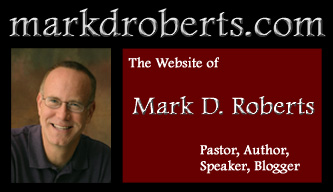

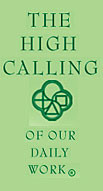

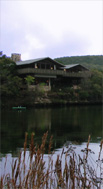
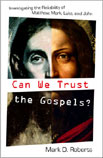


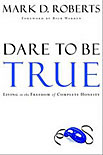

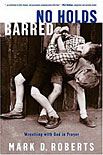
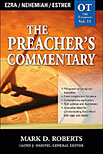
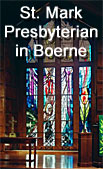

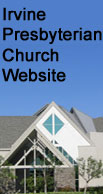
August 6th, 2007 at 8:32 pm
Interesting piece on the British Museum and its support of the Gospel! Two things: (1) If anyone ever has the opportunity to visit London and tour the British Museum, contact Clive Anderson, a known expert on the Museum and its contribution to the historicity of the Scriptures. Clive, a pastor, also wrote a booklet entitled, “Through the British Museum - with the Bible,” (Day One Publ). (2) Unfortunately, the British Museum is also showing its political correctness by having its ancient biblical MSS, which it was famous for, shipped over to an Anglical College in London. That makes them more obscure (as I see it). In its place, has been set up various Islamic artifacts and manuscript pieces, a clear sell-out to shifting religious climate in the U.K. generally, and London particularly. This I sadly learned while on a tour of it last summer (2006).
August 15th, 2007 at 8:10 pm
I have never been to the British Museum but your story of this find in the recesses’ of the back of the museum is such a satisfying discovery of the 1%. Most likely you are one of the .001%. Or like me, one of your continual readers. Yes, Luke was a truthful communicator of cultural and historical fact.